
Last updated:
Hurricane Maria

Overview
Hurricane Maria was the fourth major hurricane to strike the islands of the Caribbean Sea in 2017.
Like Hurricane Irma before it, Maria tracked along the north side of the Caribbean islands, making landfall in Dominica and Puerto Rico, while bringing damaging winds and rains to other Caribbean islands already devastated by Hurricanes Harvey and Irma.
The tiny island of Dominica (population 71,000) was the site of Maria’s first landfall, marking the first time that nation had been hit by a Category 5 hurricane. Maria weakened after making landfall, but quickly reformed to a Category 4 hurricane over the Caribbean Sea. When Maria made landfall in Puerto Rico as a Category 4 hurricane on Sept. 20, 2019, it marked the first time in recorded history that three hurricanes of that strength made landfall in the U.S. (and territories) within the same year.
Maria was the strongest hurricane to hit Puerto Rico since 1928. Experts estimate the storm could have contributed to as many as 1,000 deaths in Puerto Rico, according to a December report in The New York Times. A Harvard study released in May 2018 put the death toll at 4,645, more than 70 times the official government count of 64.
(Photo credit: Eliud Echevarria, FEMA)
Maria was the last major hurricane of 2017, a season that included 18 tropical depressions, 17 of which became at least tropical storms and four that became major hurricanes of category 4 or higher. The storms also affected the Virgin Islands, where the U.S., France, Netherlands and the U.K., all have territories. Hurricane damage across all the islands in the Caribbean Sea was severe; many islands were hit by both Hurricanes Irma and Maria only two weeks apart. Recovery responses of the respective governments have been staggered and significant needs remain, including health, housing, debris removal, and small business and livelihood support.
Latest Updates
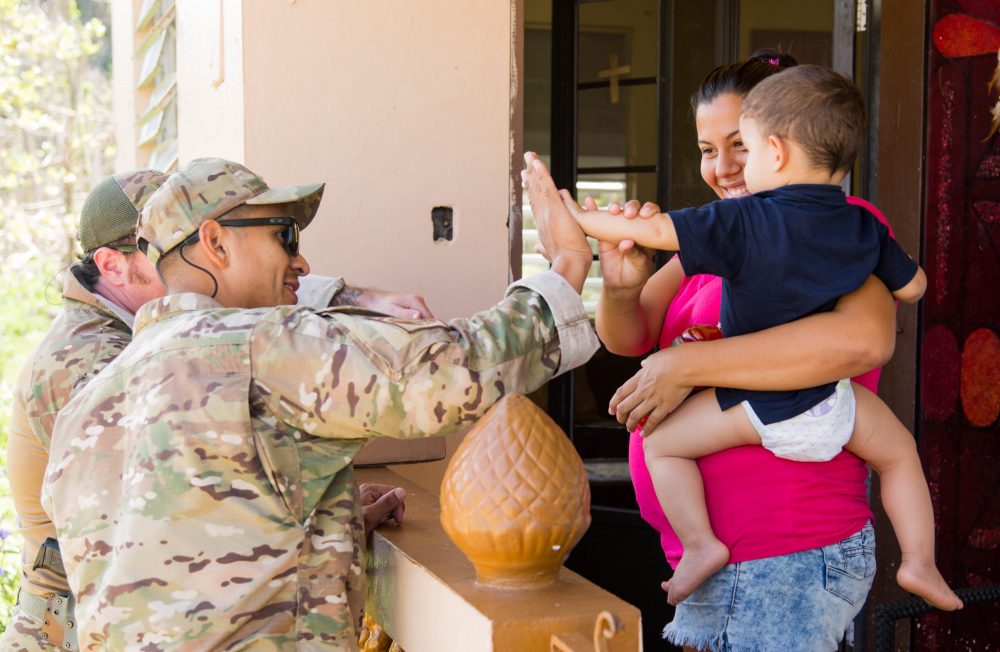
Announcing Six New Recovery Grants for the Caribbean and Florida

12 CDP Grants Support Recovery in Puerto Rico and the Virgin Islands

Puerto Rico: The Long Road to Rebuilding
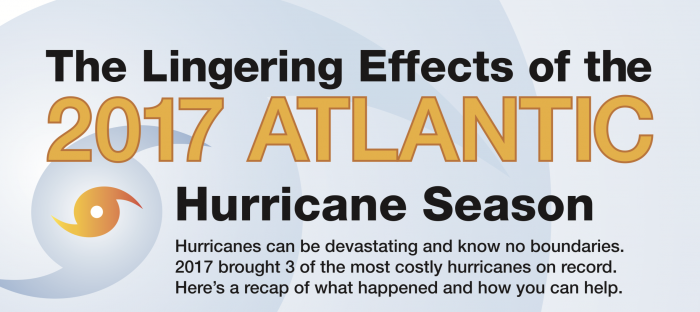
Seven Things You Need to Know About the 2017 Atlantic Hurricane Season
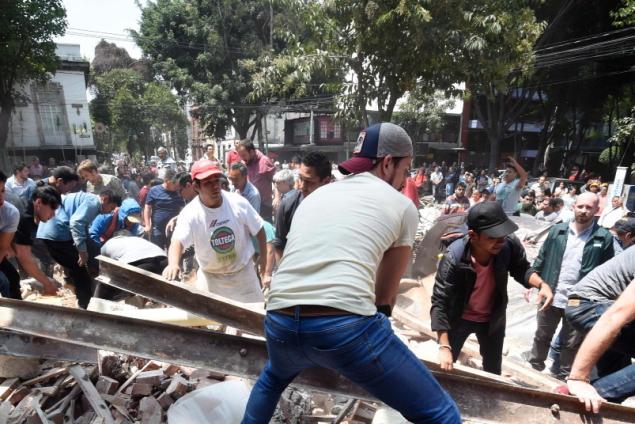
Maria, Mexico City, and Waiting to Give
What was the impact on the community?
Maria’s first landfall in Dominica was preceded by landslides caused by heavy rains that raised water levels across the island. Communications to the island nation were cut off shortly after Maria’s landfall, but not before officials had communicated that 70 percent of homes had lost their roofs. The official death toll from Maria in Dominica is 65, but the actual toll could be much higher as a result of respiratory and other health issues that disproportionately affected people with a pre-existing medical condition. A damage assessment in Dominica shortly after Maria struck revealed that 85 percent of the island’s houses were damaged and over 25 percent were destroyed completely.
In Puerto Rico, the entire island was devastated by Maria’s 155 mph winds and heavy rains. A week after Maria struck, USA Today reported that 11 of 69 hospitals had power, 95 percent of the power grid and cell phone infrastructures were inoperable, and “less than half the population had potable water.” The power grid was decimated leaving millions of residents without power and creating a massive infrastructure challenge to relief and recovery efforts across the island. Residents downstream from the Guajataca Dam were evacuated after it was overwhelmed by rain levels and threatened to collapse. Providing evacuation notices to affected people was particularly challenging with the failure of the power infrastructure and resulting cascading failures of the communications system.
An unexpected impact of Maria’s devastation came as a result of extended shutdowns of Puerto Rico’s medical device and pharmaceutical industries. These industries represent 30 percent of the island’s economy and primarily supply the United States with essential medical supplies such as intravenous solutions. Shortages of medical devices and pharmaceuticals lasted for months and represent a major weakness in the global manufacturing and transportation sectors.
Who was affected and in what ways?
There has been a wide variation in the number of deaths reported in Puerto Rico as a result of Hurricane Maria. Though the initial death toll was officially 64, that number came into question as a result of the challenges associated with tracking deaths during the major infrastructure failures that followed Maria. The Government of Puerto Rico asked George Washington University to conduct a review which changed the death toll to 2,975 deaths as a result of Maria between September 2017 and February 2018. A separate study released in May 2018 by Harvard University estimates 4,645 deaths linked to Hurricane Maria.
Home to 3.4 million American citizens, Puerto Rico faces a long-term recovery that will take years. Recovery is further complicated by a decade-long economic crisis that has left the island responsible for $70 billion in debt and another $50 billion in pension obligations. Puerto Rico’s infrastructure was so battered that more than eight months after the storms, residential electric service had not been fully restored and more than forty percent of the island’s 5,000 miles of roads were impassable. Frontline’s “Blackout in Puerto Rico” details both the pre-existing economic catastrophe and the added damage from Hurricane Maria. Recovery from Maria has been slowed by the earthquake swarm that began in Dec. 2019 and caused damage to buildings and infrastructure on the south side of Puerto Rico. Repeated disasters have left Puerto Ricans with $1.6 billion in unpaid insurance claims and some insurers have gone out of business completely.
Housing
The government of Puerto Rico estimated in Sept. 2019 that 25,000-30,000 people are still living under temporary roofs or no roof at all.
Economic/community development
Many communities are waiting for aid to be officially released by FEMA, resulting in significant delays to infrastructure and leaving Puerto Rico vulnerable to further destruction from future disasters. One bright spot on the island is a rapid rebound in the tourism industry, which accounts for 10 percent of Puerto Rico’s economy. In-bound flights, a measure of people coming to the island, reached pre-Maria levels in August 2018. And more than 90 percent of hotels had reopened less than a year after Maria.
Health/behavioral health
There are signs with children in the schools of PTSD and with additional domestic issues with their families. Additionally, many of those living at or below poverty levels have put off addressing chronic health issues because of financial strains.
Unrestricted funding
As a result of concerns around corruption and misuse of federal funding, FEMA and the Department of Housing and Urban Development (HUD) have placed “unprecedented restrictions” on aid to Puerto Rico.
Climate research
With the undeniable changes occurring in global climate, more research is needed to better understand the causes and how best to predict, prevent and mitigate the effects of climate change.
Prevention and mitigation
Accurate planning requires accurate data and the challenges of keeping data up to date are immense – especially along ever-changing shorelines and rivers. Puerto Rico’s mountainous terrain is especially susceptible to rapid changes as a result of landslides.
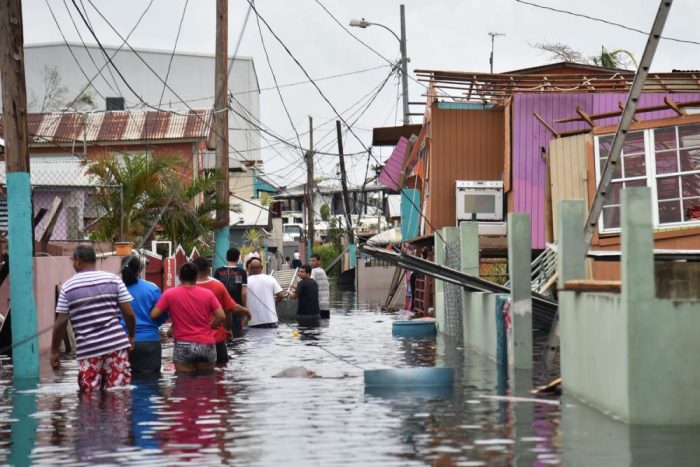
The CDP 2017 Atlantic Hurricane Recovery Fund supported long-term recovery for areas affected by Hurricanes Irma and Maria.
Contact CDP
Recovery updates
If you are a responding NGO or a donor, please send updates on how you are working on recovery to tanya.gulliver-garcia@disasterphilanthropy.org.
Donor recommendations
If you are a donor looking for recommendations on how to help in the recovery, please email regine.webster@disasterphilanthropy.org.
Philanthropic and government support
The 2017 Atlantic Hurricane Recovery Fund raised $3.4 million for long-term recovery for areas affected by Irma and Maria. CDP began distributing money in September 2018 to 10 organizations to train health care workers, address food insecurity in affected areas, build information management systems to ensure communication between NGOs and community organizations, provide technical assistance to small businesses and support solar energy projects. These include:
- ASPIRA received $300,000 to address food security via three work objectives. They will work to increase the amount of locally grown food, support economic development through tourism activities, and develop agriculture and hospitality industry skills in youth ages 12 to 18.
- COSSMA, Inc. was awarded $49,398 for their pilot “Strengthening Our Roots” project which includes community training sessions on home gardening that will expand to new community health clinics Puerto Rico. This grant will enable them to reach more beneficiaries through community training sessions addressing food security and aims to increase the number of people growing healthier foods at home.
- International Medical Corps (IMC) was awarded $250,000 to support their efforts to improve access to evidence-based, high-quality and culturally-sensitive mental health and psychosocial services (MHPSS) for vulnerable populations in Puerto Rico and the U.S. Virgin Islands. In addition to completing MHPSS needs assessments and mapping existing medical services, IMC is enhancing the capacity of healthcare staff to provide MHPSS by developing a mental health training package and conducting training for at least 255 healthcare staff from 15 clinics. They’ll also work to improve community awareness of mental health and psychosocial support and strengthen referral pathways.
- The Solar Foundation received $500,000 for the Rio Piedras Market Solar Jobs Training Project. Goals of this effort were three-fold: 1) increase food and energy security for the Plaza del Mercado in the Rio Piedras neighborhood of San Juan; 2) build workforce capacity for the local solar industry; and 3) measure improvements to the livelihoods and economic recovery of project beneficiaries.
- The Community Foundation for Virgin Islands received $84,590 to support the rebuilding and restoration of the Bordeaux Farmers Market in St. Thomas to provide agricultural, cultural, and environmental education. It is expected that these activities will serve 300-500 attendees annually. Additionally, funding will support the restoration of water collection into the market cistern. This will increase cistern intake by 70% therefore reducing the need to purchase water for the market and providing farmers with more water for crops.
CDP and our partners tracked more than $71 million across 461 grants related to Hurricane Maria. We recognize that more funds may have been donated but not reported through our tracking system. We also do not count any individual donations in our total. Some of these have included:
- $1 million in 2019 from the Wells Fargo Foundation to the Local Initiatives Support Corp to stimulate economic recovery in Puerto Rican communities that were deeply impacted by Maria.
- The AbbVie Foundation granted $250,000 to Project HOPE – The People-to-People Health Foundation for disaster relief support.
- A $250,000 in-kind donation of nutrition products and medicines came from Abbott Laboratories Corporate Giving Program to multiple recipients across the Caribbean.
- The Chicago Community Trust donated $100,000 to the Puerto Rico Community Foundation’s Community Recovery Fund.
- Second Harvest of Puerto Rico, Inc. received a $200 donation from The Community Foundation of Middle Tennessee for disaster relief efforts.
FEMA issued a major disaster declaration (DR-4339) for the entire island of Puerto Rico on Sept. 20, 2017, and has since set aside over $7.5 billion in aid, including $1.3 billion for individuals and households. The entire U.S. government has allocated a total of $42.6 billion in aid, of which Puerto Rico has only received $13.8 billion.
We welcome the republication of our content. Please credit the Center for Disaster Philanthropy.
Fund resources
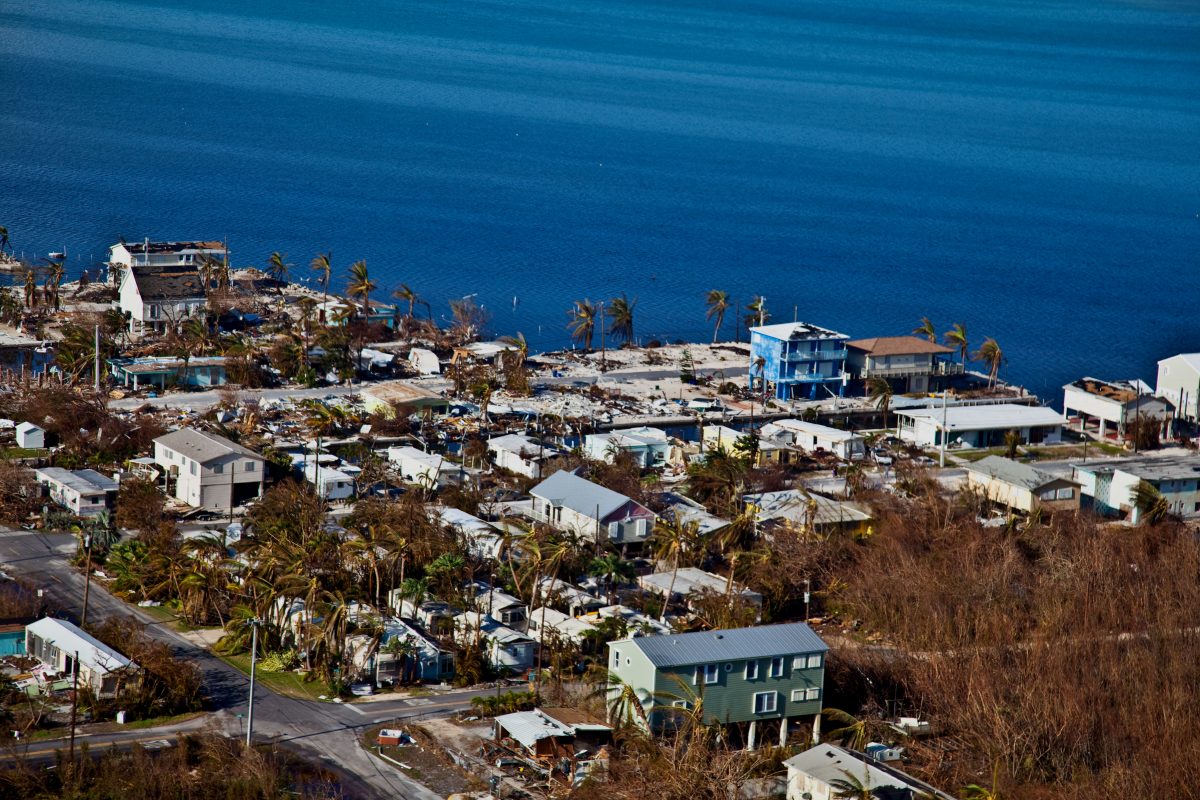
Hurricanes, Typhoons and Cyclones
Hurricanes, also called typhoons or cyclones, bring a triple threat: high winds, floods and possible tornadoes. But there’s another “triple” in play: they’re getting stronger, affecting larger stretches of coastline and more Americans are moving into hurricane-prone areas.

Is your community prepared for a disaster?
Explore the Disaster Playbook